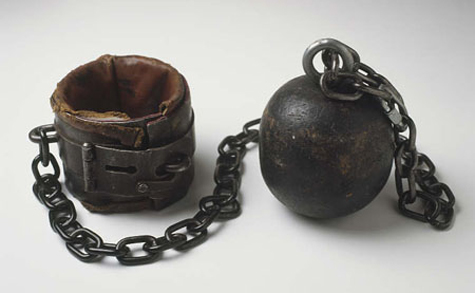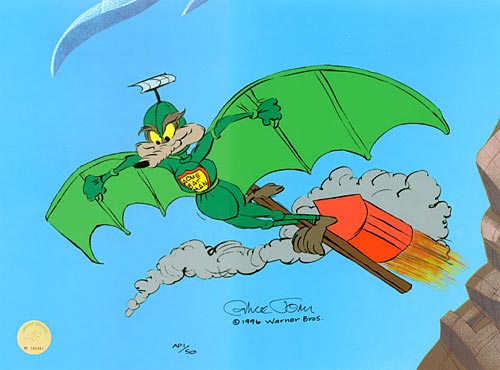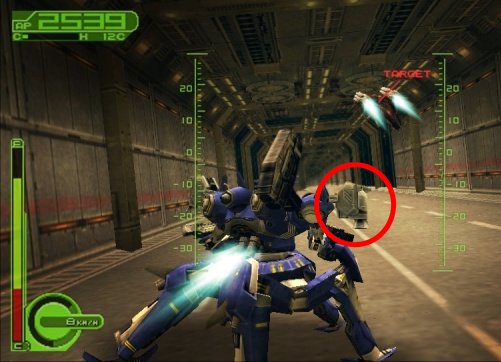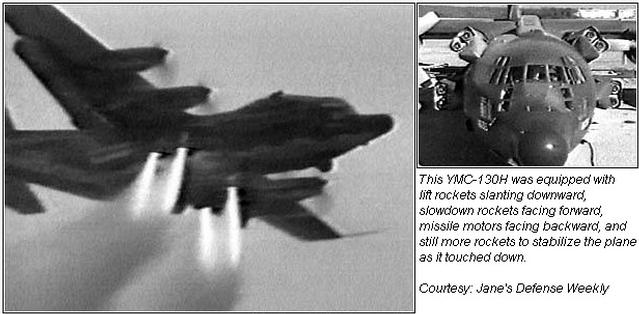While Armored Core has a healthy retinue of extension parts for just about every pilot’s needs, there are exceptions. And I don’t mean the cut above the rest, like the extension magazines, or those awesome projectile-swatting AMS that’s saved our asses more times than we can count.
I’m talking about the bottom of the barrel; the sort of parts that leave you scratching your heads and wondering WTF was going on the in the dev’s heads when they created them. They’re the sort of parts you’d rather die than equip on your AC (or more probably, you did die when equipped on your AC), and only keep around so you can brag about having a complete garage.
I’m talking about extension boosters, which is tragic given that they were actually a good idea. Needed an extra, controlled burst of speed? Just slap these on your mech, and you’d be darting in the desired direction, all without the horrendous strain that over-boosting rendered on the radiator and energy.

But while they worked in theory, their actual application was a disaster: extension boosters were not only heavy, but they could only jet you along in one specific direction. They also took forever to cool down and fire again, making them damn-near useless in a prolonged shootout. The only usable set were the quick-turn sets, but generally speaking, there were plenty of better parts available that you could load up on your AC than extension boosters.
But while you’re taking your sweet time pondering over what sort of wargear to best strap on for your AC’s next sortie, a very different problem cropped up for the United States military back in the 80s. The Iranian Hostage Crisis was in full swing, and with American lives on the line on hostile soil, and with time running out, the US military had to come up with a solution, fast.
So while one side of the operation focused on how to get Delta Force on the ground to rescue the hostages (which probably involved convincing Chuck Norris to lend a hand), the Air Force, Navy, and Lockheed-Georgia were brainstorming the equally dicey dilemma of extracting Delta once they rescued the hostages, and were running like hell from a very, very pissed off Iranian Army.
After much deliberation – and what I can only surmise was watching copious amounts of Looney Toons – the project, code-named “Operation Credible Sport,” unveiled its trump card:
What you’re looking at is the YMC-130H, a Hercules that was specially modified with a bank of 30 rockets and additional ailerons and flaps, all with the express purpose of helping this robust little bird land and take off from a much smaller space than it was designed for.
Yes readers – as far back as the 80s, even the US military was trying its luck in making extension boosters for altering a vehicle’s normal maneuvering capabilities. To give you a better idea of why the US top brass even decided to go with the idea, you have to understand a couple of factors:
One: Operation Credible Sport required the plane rescuing Delta and the Hostages to land in the Shahid Shiroudi Soccer Stadium; And you thought parking your car at the Ninoy Aquino Stadium during the UA&P finals was a bitch.
Two: The project required the planes to be ready for deployment in 90 days. Dude, some of us can’t even finish a thesis in that timeline, and here you’ve got the god-damned US military asking for not one, but three Hercules readied for deployment.
Ridiculous context aside, the project was actually turning out smoothly, with one plane (AF serial 74-2065) being used as a testbed for the various possible rocket builds for the mission. And so the test flights began on October 17, with all systems running smoothly.
The general idea was that on the landing approach, the plane would use its modified ailerons and flaps to slow down to just 85 knots, before the forward-firing rockets slowed the plane down even further just before touching down. A final series of down-ward facing rockets would then fire, cushioning the plane as it literally dropped from the sky.
By October 29, the project was ready for a full test, and while you’re probably hoping this turns out well, the fact that I’m writing about it on Raven Republic should remind you that it will not.
Think about it: What the project has basically done is take an everyday cargo plane, and festooned it with enough rockets to make it look like this:

As I was saying, all was going well with the project, right up to the landing phase. And then it all went horribly wrong. Whether it was mechanical failure or human error, the fact was that the down-ward facing braking rockets fired too early.
As a result, they were already depleted once the forward-firing rockets kicked in, and what was supposed to be a gentle drop unto the runway ended up being one of the most epic face slides in aviation history:
Thankfully, nobody was killed in the ensuing fire. Before the project could line up more test flights to prove that strapping 30 rockets on a plane was a good idea though, the hostage crises took a very different turn, with Jimmy Carter’s defeat to Ronald Reagan for the presidency.
As a show of goodwill to Reagan’s new term in 1981, the hostages were released, with the other two prototypes perhaps literally never making it off the runway.
Let’s face it – whether you’re looking at a fictional game and real life, the fact is that while adding a couple of extra boosters to your vehicle sounds like a cool idea, it never pays off.
And in the case of your AC, you can at least ditch the damn things mid-fight if they every become a liability, and not have to endure several seconds of pure horror as an out-of-control array of solid fuel rockets sends your hapless mech hurtling towards the pavement like a (very, very expensive) meteor.
And yeah, it’s good to be back writing again for Armored Core Analogs.


